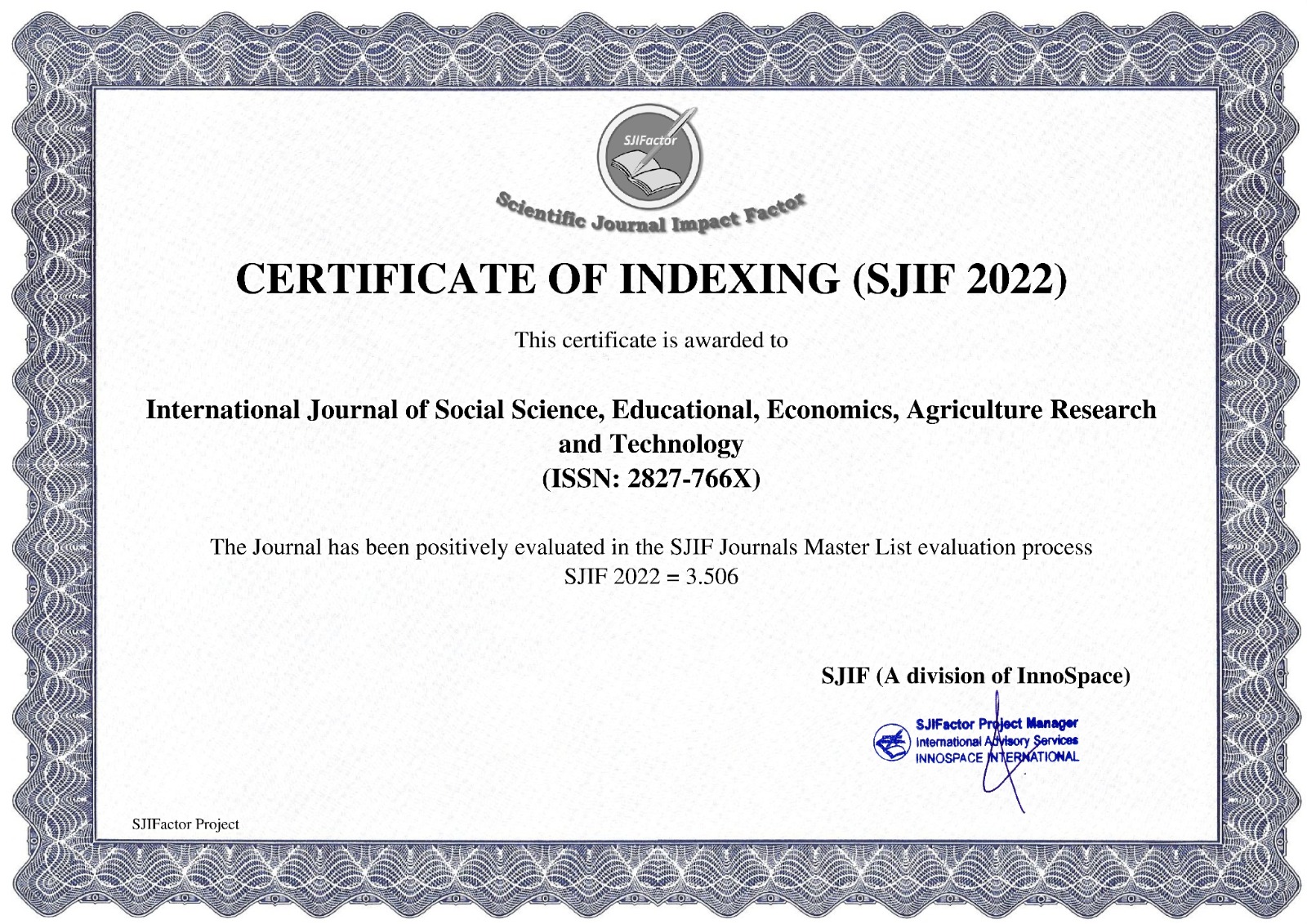STRATEGIES FOR INCREASING THE SUPPLY OF INSTANT RED GINGER PRODUCTS BY THE RAJA BAWANG SME
Main Article Content
Mohammad Reyvaldi
Muh. Fahruddin Nurdin
SMEs are one of the important pillars in driving regional economic growth, including in the city of Palu. One product with high potential is instant red ginger produced by Raja Bawang SMEs. This study aims to formulate a strategy to increase the supply of instant red ginger products through an analysis of internal and external business factors. Primary data was obtained through observation, interviews, and sales report documentation, then analyzed using the SWOT method. The results of the study show that the greatest strength is the availability of quality raw materials and skilled labor, while the main weaknesses lie in limited production capacity, packaging design, and suboptimal promotion. Externally, the most dominant opportunity is the trend of consuming herbal products and the development of digital marketing technology, while the biggest threat comes from competition from similar products and fluctuations in raw material prices. The SWOT mapping places Raja Bawang SME in Quadrant I, which means that an aggressive strategy is the most appropriate choice. Recommended strategies include optimizing production with modern technology, product and packaging innovation, utilizing e-commerce and social media as marketing channels, and strengthening partnership networks. These findings confirm that Raja Bawang MSMEs have great potential to increase the competitiveness of instant red ginger products through the optimal utilization of internal strengths and market opportunities.
David, F. R., & David, F. R. (2017). Strategic Management: Concepts and Cases. 16th Edition. New York: Pearson.
Ghazinoory, S., Abdi, M., & Azadegan-Mehr, M. (2011). SWOT methodology: A state-of-the-art review for the past, a framework for the future. Journal of Business Economics and Management, 12(1), 24–48.
Hidayat, A., & Lestari, R. (2020). Strategi pemasaran produk minuman herbal tradisional melalui analisis SWOT. Jurnal Manajemen dan Kewirausahaan, 22(3), 210–219.
Indrawati, & Ekawati, N. (2021). Peran e-commerce dalam meningkatkan daya saing UMKM di era digital. Jurnal Ekonomi dan Bisnis Digital, 4(2), 56–68.
Nuraini, R., Setyowati, D., & Putra, A. (2021). Pengembangan produk jahe instan pada UMKM: Analisis kualitas dan strategi pemasaran. Jurnal Teknologi Pangan dan Agribisnis, 9(2), 88–97.
Prasetyo, B., Lestari, I., & Widodo, S. (2019). Potensi jahe merah (Zingiber officinale var. rubrum) sebagai minuman fungsional. Jurnal Teknologi dan Industri Pangan, 30(1), 45–54.
Rangkuti, A., & Syamsul, M. (2018). Pengaruh desain kemasan terhadap keputusan pembelian produk pangan lokal. Jurnal Manajemen Pemasaran, 12(3), 201–210.
Rangkuti.(2014). Analisis SWOT: Teknik Membedah Kasus Bisnis. Jakarta. PT Gramedia Pustaka Utama
Sari, N., & Hapsari, L. (2018). Analisis daya saing produk minuman herbal UMKM di Surabaya. Jurnal Ekonomi dan Bisnis, 15(2), 145–156.
Suryana, Y., & Rachmawati, L. (2020). Analisis tren konsumsi pangan sehat masyarakat urban. Jurnal Manajemen dan Agribisnis, 17(2), 123–135.
Tambunan, T. (2019). Usaha Mikro, Kecil dan Menengah di Indonesia: Isu-isu penting. Jakarta: LP3ES.
Zakaria, Junaidin. (2012). Pengantar Teori Ekonomi Mikro. Makassar: UMITOHA Ukhuwah Grafika. ISBN






















